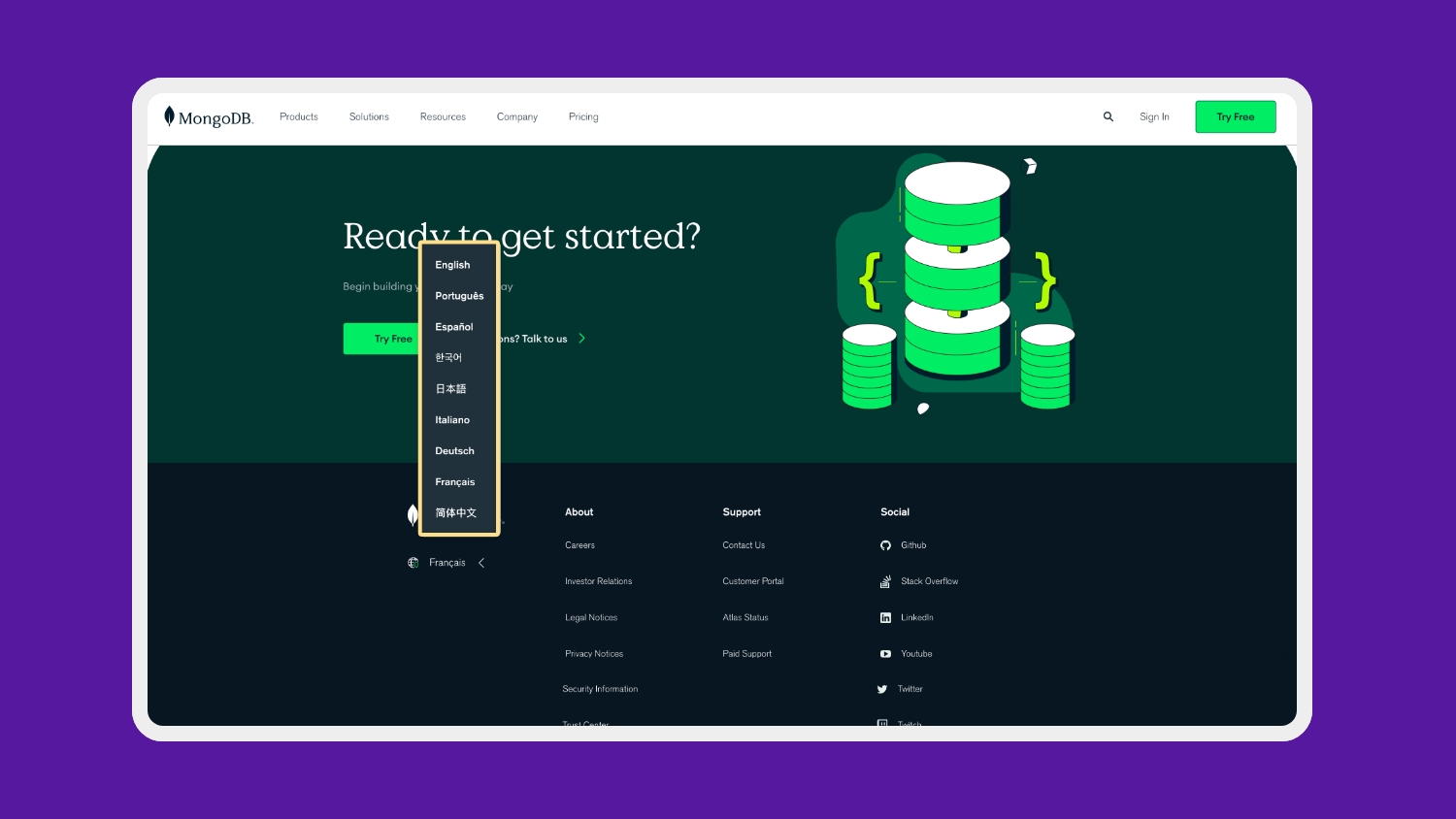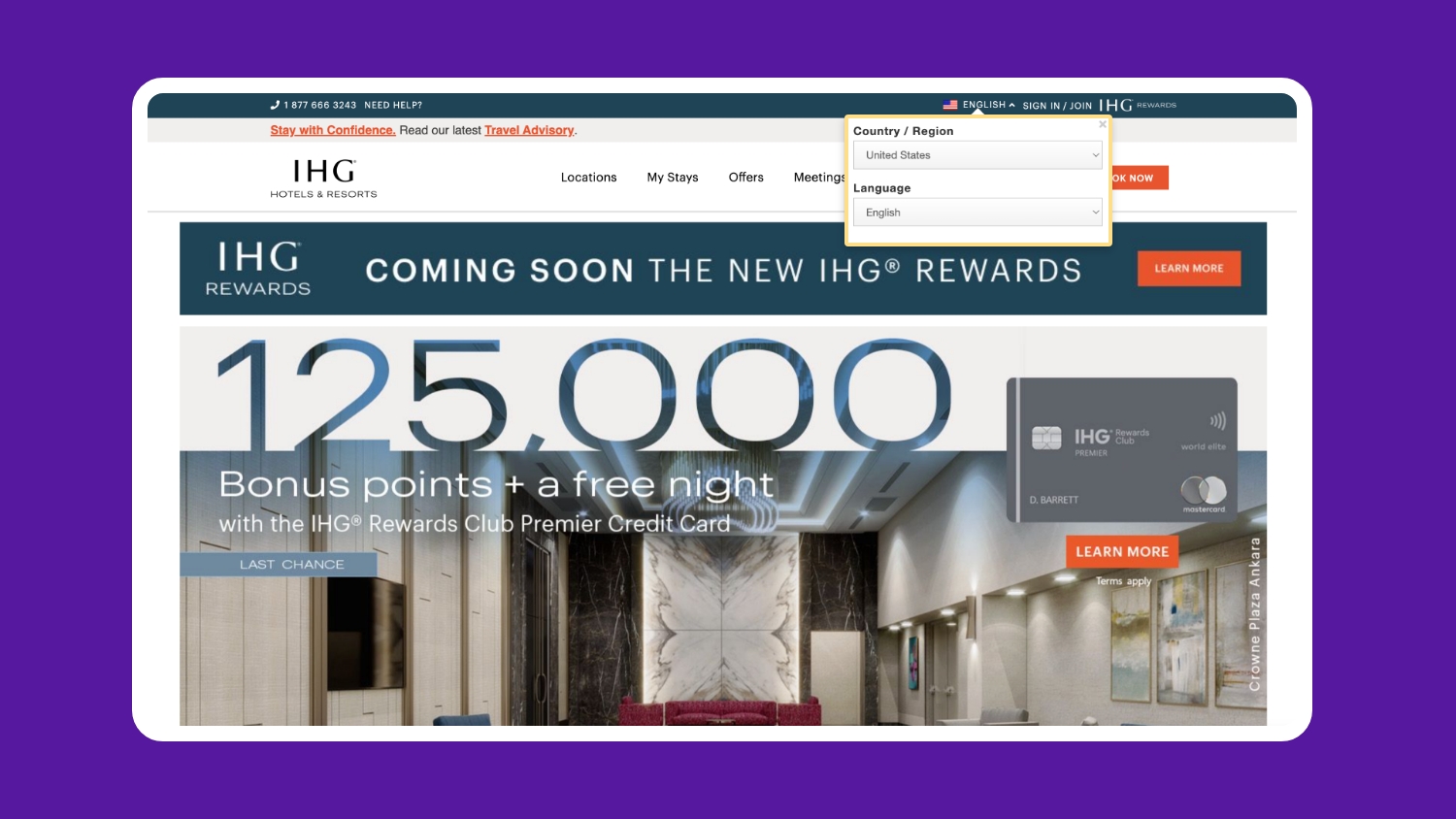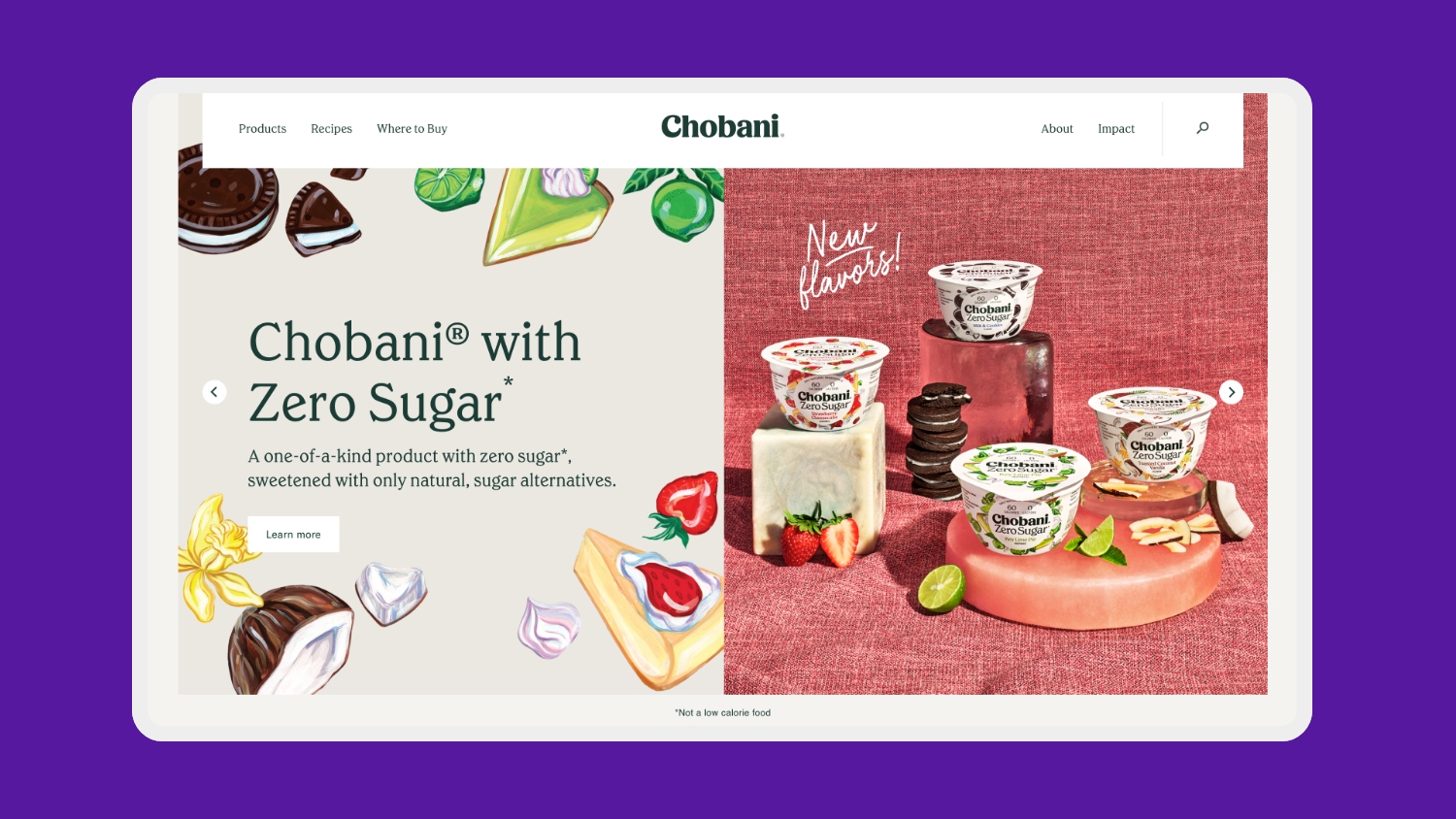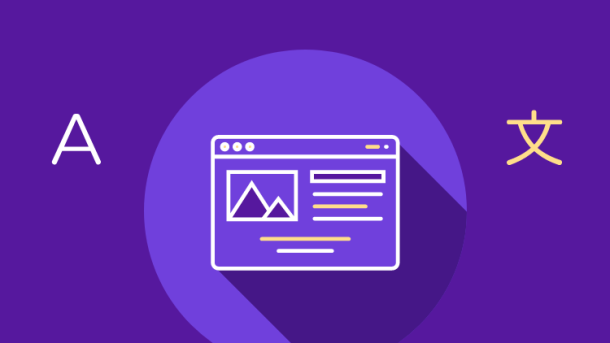As any business knows, success hinges on a business's ability to reach the target audiences and drive user engagement and conversion. To that end, building a well-designed website is crucial: it gives you credibility, tells the world who you are, and lays the groundwork for how you plan to interact with customers.
A multilingual website takes your initial efforts a step further, allowing businesses to connect with customers in different markets in a more personal way. When done right, a multilingual website can be a powerful way to create an optimal user experience for all of your customers worldwide.
What Is a Multilingual Website?
A multilingual website is a website that features content in two or more languages. More often than not, this refers to written content: the main web pages, perhaps, or articles and case studies. Multilingual websites may also offer other types of content, including mixed media — videos, webinars, infographics, e-courses, social media, and more — in different languages.
It may sound simple. But there’s a lot to think about:
- Which pages should you offer in which languages?
- How should you display your language options?
- What needs to happen from an SEO perspective?
- What does this mean for your website’s layout and design?
And that merely scratches the surface. It’s easy to get overwhelmed, especially if this is unfamiliar territory for you. But while building an effective multilingual website requires a significant up-front investment of time and resources, businesses that make that investment often reap the rewards for years to come.
Why You Need a Multilingual Website
Whether you are currently a local, regional, national, or global business, it’s well worth asking yourself if you need a multilingual website. And it is even more important to consider it if you’re planning to expand into new markets. Think about your customer base (or desired customer base): Do they speak more than one language? To have the best possible chance to connect with your market(s), you should too.
We’ve found these multilingual buyer preferences:
- 65% of consumers prefer content in their native language.
- 73% of consumers want product reviews in their native language.
- 40% of consumers will not buy a product if the content is written in another language.
Customers gravitate toward companies that “get” them. They will keep coming back to the companies that pay attention to what they want and need and that engage with them on their level. Businesses that embrace this expectation will set themselves up for sustained growth and success.
Tips to Help You Create an Engaging Multilingual Website
As we mentioned before, there’s a lot to think about when creating a multilingual website — not least of which is how to use your languages.
How To Use Your Languages
Here are some best practices and website examples:
1 - Be strategic about which pages to present in each language. Remember that not all content needs to be translated. For example, are you planning to offer only specific products or services to a target market? Then, consider translating only the content meant to generate interest in those products or services in that language.
2 - Think about how to display your language options. Ideally, you should make it easy for customers to know you speak their language. And the steps to take to access the content in their preferred language should be intuitive and straightforward.
For instance, MongoDB’s website displays in a default language, likely based on the user’s location data. Then, the company provides a drop-down menu at the bottom of their home page that lists the other languages they offer:

In contrast, the InterContinental Hotels Group opted to place their language options up top and offered the option to select the region and language. They also included a flag to visually represent the specific country/region.

3 - Find creative ways to localize your content. Designing a multilingual website is merely one step toward offering a native brand experience for your target markets. But don’t forget about the main goal: to engage with your customers. That may mean highlighting different aspects of your brand on your multilingual sites.
For example, a US-based customer visiting Chobani’s English-language site will see the below, which emphasizes the latest Chobani products:

But when you navigate to Chobani’s Canadian website, the company has decided to feature their localized mission statement:

(Notice, too, how Chobani has decided to highlight that they have a multi-language website. The US page doesn’t feature a language menu. But the Canadian website has a language switcher that gives users the option to toggle back and forth between French and English.)
4 - Use cloud-based translation tools. A translation management system (TMS), such as Smartling, helps streamline the translation and localization of content. While users can use TMSs for any type of content, Smartling also offers a translation proxy, the Global Delivery Network.
GDN is specifically designed to help you translate your website content, and it’s the fastest, most cost-effective way to deploy multilingual websites, leveraging machine translation, with near-zero IT involvement. It can integrate seamlessly with several content management systems and has all the functionality translators need to translate your site’s content.
Learn more about Smartling’s proxy, Global Delivery Network.
Web Design and Other Technical Considerations
If you choose to design a multilingual website, there are a few technical things you’ll want to keep in mind.
5 - Text expansion or contraction will change your layout on the translated pages. When translating from English into Spanish, German, French, or Italian, for example, your translated text can be up to 35% longer. But when translating into Chinese, Japanese, or Korean, your translated text will generally be shorter.
6 - Left-to-right and right-to-left formatting. If translating from English into Arabic and Hebrew, for instance, which is read from right to left, you’ll need to also adapt your page layout — in essence, mirroring the left-to-right formatting of the English pages.
7 - Localize your sitemap or use hreflang attributes. You'll want to tell search engines which pages are for which audiences. Plus, localizing your domain name is another small yet powerful way to signal to customers that you “belong” in their market. Here is a support article on how to localize your sitemap.
8 - Times, dates, measurements, and currencies. This is particularly important for eCommerce sites with an online store. Consider what configuration changes you might need to make on the back-end to ensure the correct information is surfaced to the right customers.
Multilingual SEO Considerations to Better Reach Your Market
Building a website with multilingual content is only half of the equation when looking for a new market to expand into. You need to take steps to ensure your customers will find you online quickly and easily.
9 - Consider SEO optimization when translating. When you created your original website, you and your marketing team likely put a lot of thought into which keywords to use where. You’ll want to make sure your web pages are translated with an eye to SEO in the target market.
10 - Make your hyperlinks region- and language-specific. Where possible, make sure all content on the page, even the content you link out to, speaks to your target market. Relevant outbound links can help strengthen your SEO in the target market. It also builds trust, facilitates relationship-building, and can help generate organic traffic to your localized site.
Fast-Track Your Growth With a Multilingual Website
A multilingual website can give you credibility in your target markets and help you connect with new audiences. When done right, there’s no downside — and it could fast-track your growth exponentially. But stories of translation flubs, which can wreak havoc on your reputation, are all too commonplace.
That’s why partnering with a website translation partner that is dedicated to making sure you succeed is crucial. Smartling provides top-notch translation services and website translation software — including a powerful automatic translation proxy that can help you deploy multilingual websites efficiently, securely, and with almost no IT involvement. Learn more about how we can fast-track your global growth today!








